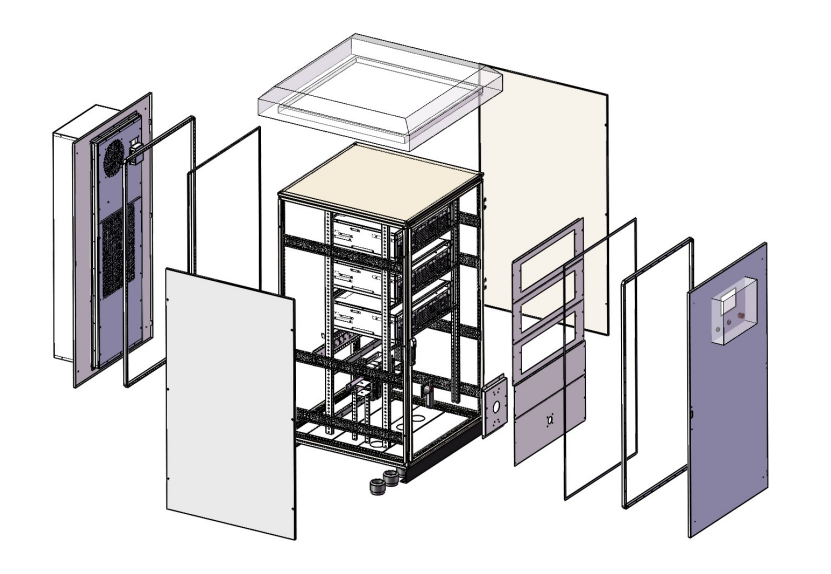
The Definition of Active Harmonic Filters (AHF)
An Active Harmonic Filter (AHF) is an important device that improves power quality. Its main jobs are to reduce harmonic distortion in power systems and to adjust reactive power as needed. The AHF connects to the grid in parallel and performs real-time detection of harmonic components in the grid.
A power converter creates a compensation current. This current has an opposite phase. It helps to counteract harmful harmonic currents and lagging reactive power.
This flexible compensation system helps the AHF adjust to complex grid structures and different load types. These include variable frequency drives and rectifiers. It also helps avoid resonance risks from changes in system impedance.

The Principles of Active Harmonic Filters (AHF)
An active harmonic filter (AHF) is a dynamic harmonic control device based on power electronics technology. Its main job is to remove harmonic currents and reactive power from the power grid. It does this by detecting, calculating, and compensating in real-time. Below is its detailed working principle:
1.Harmonic detection and signal extraction:
Real-time sampling: AHF gathers real-time load current signals in the power grid. It uses high-precision current sensors, like Hall sensors. These sensors cover the main and harmonic frequency ranges, usually up to 50 harmonics.
Harmonic Separation: Instantaneous reactive power theory: Break down three-phase current into real power (p) and imaginary power (q). Use coordinate transformation to separate harmonic and reactive power components.
Fourier Transform (FFT): Perform spectral analysis on current signals to extract the amplitudes and phases of each harmonic.
Reference current generation: Use the detection results to create a compensation current command. This command should match the amplitude and be opposite in phase to the harmonic current. This is called "reverse harmonic."
2.Compensation current generation:
Inverter control: The main part of AHF is the Voltage Source Inverter (VSI). It uses high-frequency switching devices like IGBT or SiC.
Dynamic tracking and compensation: The inverter sends out a compensation current. This current is opposite in phase to the harmonic current. Then, it combines with the original harmonic current to cancel them out.
3.Reactive power compensation:
Extracting reactive power components: Align the separation of reactive power components, like inductive or capacitive, in the load current during harmonic detection.
Dynamic reactive power injection helps improve the power factor. It does this by supplying a compensation current. This current is opposite to the system's reactive current and is provided through the inverter. This can raise the power factor to 0.95 or higher.
4.Closed-loop control and stability:
Real-time monitoring of the grid current after compensation, and comparison with the reference value.
Adjust the inverter output through algorithms to ensure compensation accuracy.
5.Anti-resonance and adaptability:
AHF avoids the formation of resonant circuits with grid impedance through active control algorithms. Can manage wideband harmonics like the 3rd, 5th, 7th, and high-frequency harmonics.
Nonlinear loads, including frequency converters, UPS, and LED power supplies, create these. Adjust to complex work conditions and support the operation of multiple AHFs at the same time. This is suitable for distributed compensation in large industrial power grids.
For more information please contact us at amber@yt-electric.com
Subscribe to us to enjoy event prices and get some of the best prices.
 IPv6 network supported
IPv6 network supported

